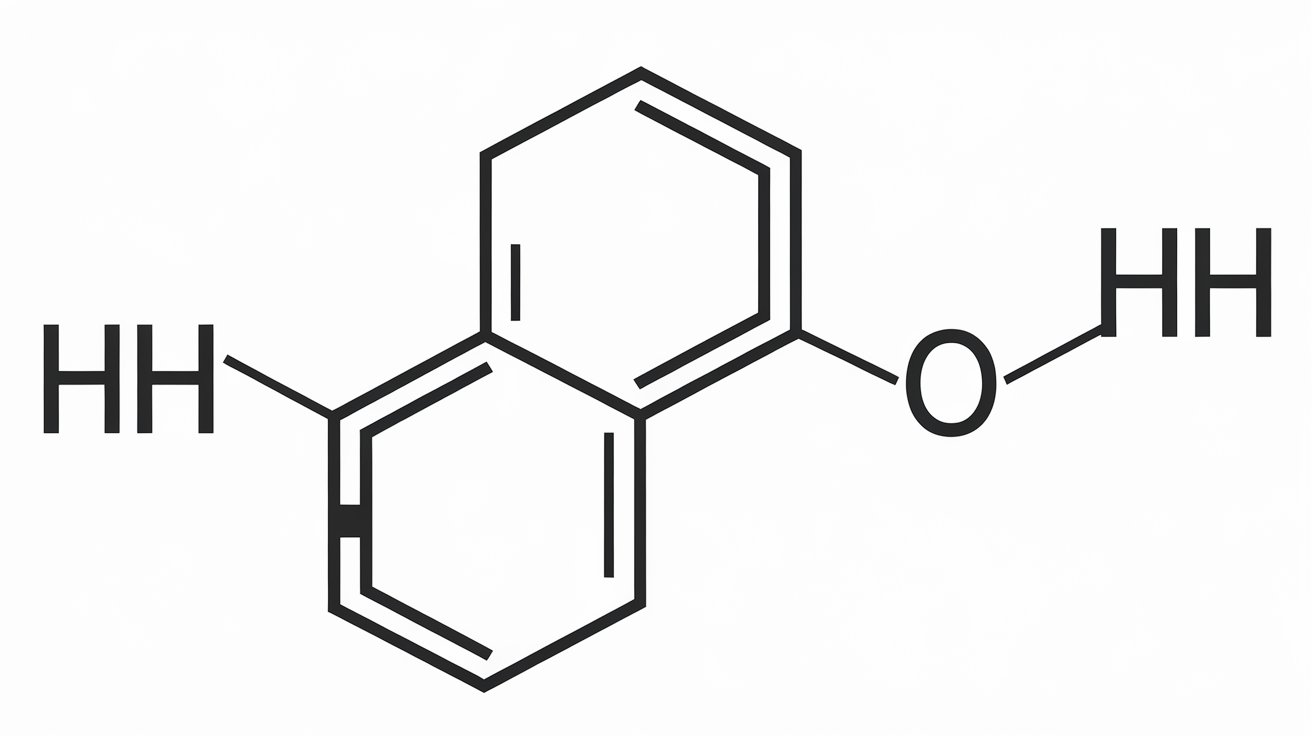
What is skatole? Skatole is a chemical compound with a strong, distinct odor. Found in feces, certain flowers, and even some foods, it plays a surprising role in various industries. Why does it matter? Understanding skatole helps us grasp its impact on our daily lives, from perfumes to livestock farming. Where is it used? This compound appears in perfumes, where it adds depth to fragrances, and in agriculture, where it affects animal husbandry. How does it work? Skatole's unique properties make it both a challenge and a boon, depending on its concentration and application. Ready to learn more? Dive into these 50 fascinating facts about skatole!
Key Takeaways:
- Skatole, a compound with a strong fecal odor, is found in nature and used in perfumes and research. It can be toxic at high concentrations and affects the flavor of meat.
- Despite its stinky reputation, skatole has diverse uses, from fragrance and flavoring to environmental monitoring. It's even used in artificial feces and prank products!
What is Skatole?
Skatole is a fascinating compound with a rather unique reputation. Known for its potent odor, it's found in various natural and synthetic environments. Let's dive into some intriguing facts about skatole.
- Skatole is a white crystalline substance.
- It has a strong fecal odor at high concentrations.
- At low concentrations, skatole smells floral.
- The chemical formula for skatole is C9H9N.
- Skatole is also known as 3-methylindole.
- It is a byproduct of the breakdown of tryptophan in the intestines.
- Skatole is found in feces of mammals.
- It is also present in coal tar.
- Skatole can be synthesized in laboratories.
- It is used in the perfume industry.
Skatole in Nature
Skatole isn't just a lab-made compound; it exists naturally in various environments. Here are some natural occurrences of skatole.
- Skatole is found in certain plants.
- It is present in some flowers.
- Skatole is a component of civet oil.
- It is found in the scent glands of beavers.
- Skatole is produced by bacteria in the intestines.
- It is also found in soil.
- Skatole is present in certain types of cheese.
- It is found in tobacco smoke.
- Skatole is present in some essential oils.
- It is found in the anal glands of dogs.
Uses of Skatole
Despite its strong odor, skatole has several interesting applications. Here are some ways skatole is used.
- Skatole is used in the fragrance industry.
- It is an ingredient in some perfumes.
- Skatole is used in flavoring agents.
- It is used in the synthesis of other chemicals.
- Skatole is used in research studies.
- It is used to study bacterial metabolism.
- Skatole is used in the production of certain pharmaceuticals.
- It is used in the manufacture of dyes.
- Skatole is used in the creation of insect attractants.
- It is used in the study of animal behavior.
Health and Environmental Impact
Skatole has various effects on health and the environment. Here are some important facts about its impact.
- High concentrations of skatole can be toxic.
- It can cause respiratory issues.
- Skatole is a known irritant.
- It can affect the liver.
- Skatole is a pollutant in wastewater.
- It can contribute to air pollution.
- Skatole is used as a biomarker for certain diseases.
- It can affect the flavor of meat.
- Skatole is broken down by bacteria in the environment.
- It can be used to monitor environmental contamination.
Fun and Unusual Facts
Skatole has some quirky and lesser-known aspects. Here are some fun and unusual facts about skatole.
- Skatole is used in the production of artificial feces for research.
- It is sometimes used in prank products.
- Skatole can be found in some traditional medicines.
- It is used in the study of olfaction.
- Skatole has been used in art installations.
- It is sometimes used in the training of scent detection dogs.
- Skatole can be found in some fermented foods.
- It is used in the study of gut microbiota.
- Skatole has been used in the development of new materials.
- It is sometimes used in the study of animal communication.
Final Thoughts on Skatole
Skatole, a compound with a strong odor, plays a surprising role in various fields. Found in feces, it’s also present in some foods and perfumes. This dual nature makes it both fascinating and useful. Despite its smell, skatole’s importance in research, agriculture, and even fragrance production can't be ignored. Scientists study it to understand animal behavior and improve livestock management. In perfumery, it adds depth to scents, proving that even the most unexpected substances have value. Knowing these facts about skatole helps us appreciate the complexity of chemistry and its impact on everyday life. So next time you encounter a strong odor, remember, it might just be skatole working its magic in ways you never imagined.
Frequently Asked Questions
Was this page helpful?
Our commitment to delivering trustworthy and engaging content is at the heart of what we do. Each fact on our site is contributed by real users like you, bringing a wealth of diverse insights and information. To ensure the highest standards of accuracy and reliability, our dedicated editors meticulously review each submission. This process guarantees that the facts we share are not only fascinating but also credible. Trust in our commitment to quality and authenticity as you explore and learn with us.
